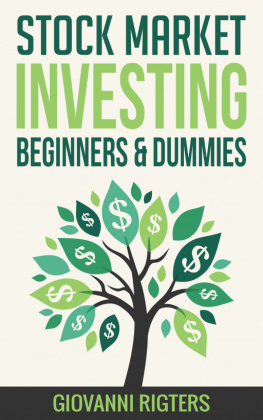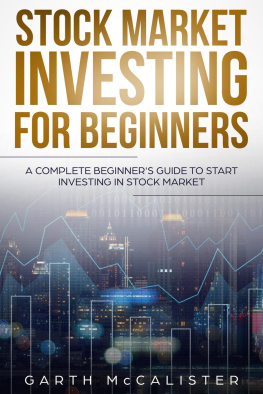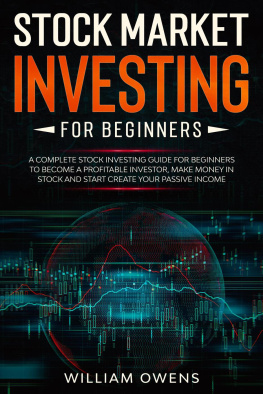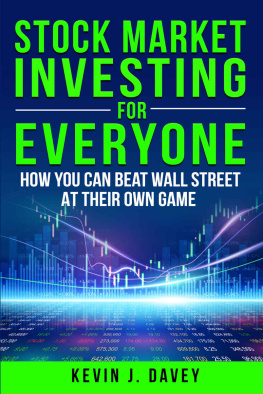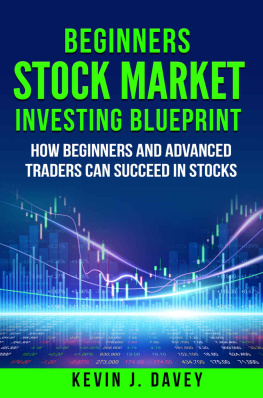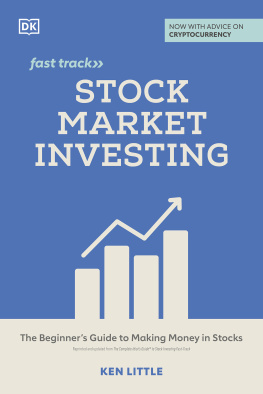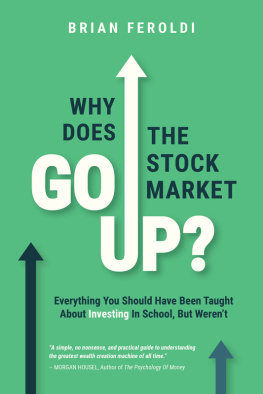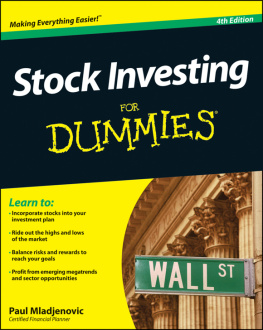

Notion Press
Old No. 38, New No. 6
McNichols Road, Chetpet
Chennai - 600 031
First Published by Notion Press 2020
Copyright Manikandan Ramalingam 2020
All Rights Reserved.
eISBN 978-1-64899-613-9
This book has been published with all efforts taken to make the material error-free after the consent of the author. However, the author and the publisher do not assume and hereby disclaim any liability to any party for any loss, damage, or disruption caused by errors or omissions, whether such errors or omissions result from negligence, accident, or any other cause.
While every effort has been made to avoid any mistake or omission, this publication is being sold on the condition and understanding that neither the author nor the publishers or printers would be liable in any manner to any person by reason of any mistake or omission in this publication or for any action taken or omitted to be taken or advice rendered or accepted on the basis of this work. For any defect in printing or binding the publishers will be liable only to replace the defective copy by another copy of this work then available.
Disclaimer
I have every intention of buying stocks mentioned in this book myself or I am already holding them.
The views expressed in this book are completely my own personal thoughts.
I am not responsible for losses that may arise in any way financially and will not claim profits you may make from my recommendations
This book is purely intended to break the myth that stock investing is gambling. Some of the things that I have stressed upon are not intended to hurt anyones feelings. So, dont take it seriously.
Acknowledgments

My parents are the reason for what I am today. So I cannot thank them enough. I also want to thank all the teachers who taught me at AECS School, Kalpakkam.
Then a big thank you to Jagadeesh Balu, who was my batchmate at College of Engineering, Guindy, for introducing me to the world of stock investing in my third year of college. Gratitude to Karthick Narain and Arun Ganesh, who were also my batch mates at CEG.
I thank my wife for being hugely supportive through my losses/tough times during my home loan and for believing in me.
I also want to thank moneycontrol.com for letting me include snapshots from their website, without which the book would have lost the power of communication.
Introduction

A lot of people believe investing in stocks is gambling. A true investor would appreciate it being said that investing in stocks is risky.
Its like the belief that getting into sea waters or a pool is risky. But someone with the right swimming skills would know when, where, and how to swim to enjoy the resource.
My mom is a strong believer that investing in land or a house is the safest thing to do. Yes, it truly could be with the growing population and increasing purchasing capacity in India, bidding to own a piece of limited space of land thats available has increased. But owning land becomes a locked asset, something you would never plan, or be able, to easily sell, or liquidate or leverage on. To add to that, most people would probably commit 20 years of their life to a job (to pay EMIs), which they most likely will dislike with no option to escape. Such a locked asset also has problems like maintenance, litigation issues, encroachment, and so on.
The true value of a piece of land is never transparent and brokers mostly make sure you buy higher and sell lesser when you have to. Thats why my mom hates the selling part the most. Since the true value is not transparent, no selling price is satisfying enough. The main problem for me is that I cannot buy a piece of land for Rs 3000, can I now? A figure most likely to be a common mans monthly savings, which he would prefer to invest. And I cannot sell it on a day I want to. My dad took two years to sell a piece of land in Chennai city and the buyer took a year to pay back in installments. And the whole process is damn frustrating to say the least.
My simple piece of advice: if you buy a land or house, dont get into a situation with a need to sell it. You can buy a house to live in. Theres nothing wrong with that. Buying a house or land purely as an investment is a pain. Though it gains in value over 20 years, half your life is over by then. And you are left to contemplate if you bought and sold at the right going price.
You can invest in any corner of Indian soil and expect it to grow in value over 20 years. The same is not true about investing in stocks listed on the Indian Stock Exchange. Almost 99% of stocks listed on the Indian Stock Exchange would not be worthy of being invested in at all times (Economy/financial markets have good and bad moods too like human beings). This is why investing is considered an art, for those with the knowledge of financial markets (Financial markets include stock market or equity markets, bond markets, commodity markets, derivatives markets, and so on). The most critical aspect of this art is to cherry-pick the worthy stocks, which would fall the least during bad times and appreciate well in value over a period of time. There are other add-on aspects of course, like better times to buy and the best times to sell.
An investor needs to be empowered with the basic fundamental knowledge of financial markets. Its unfortunate that most people in India who invest in stocks and mutual funds, mostly to save on tax, lack this knowledge. This book will reveal the fundamentals of Indian stock markets, in general, any stock market really. I intend to make this book as short and to the point as possible with no intention to confuse you.
Why and How did Stock Markets Come into Existence?

To understand the very basics of stock markets, you should know why they came into existence. Why did anyone need a stock market? The answer is simple: Stock markets came into existence because companies or businesses needed them.
Lets try to understand this better. Why would companies or businesses like TCS or Infosys need Indian stock markets? Infosys was founded on 2 nd July, 1981, by N. R. Narayan Murthy and six others with an initial investment of Rs 10,000, officially becoming the first employees of the company. The Rs 10,000, while sufficient to start Infosys, was not enough to run and expand their business. As you can obviously figure out now, they needed more funds to run and expand their business. This is the case with any new company that wants to expand and raise money.
Where will the funds they need come from?
The little profits, if any, a company makes in the early stages of business wouldnt be enough to fuel ambitious expansion plans.
Taking debt or loans from banks is one option. But, it sadly needs to be paid back with interest. And if the company runs into losses while it expands, it will be even more painful for the company to pay back the debt. So, a company cannot take too much debt.
Founders can approach a venture capitalist for funds in exchange for a stake in the company.
Next page

